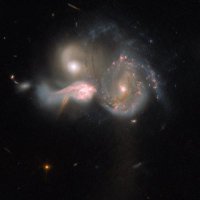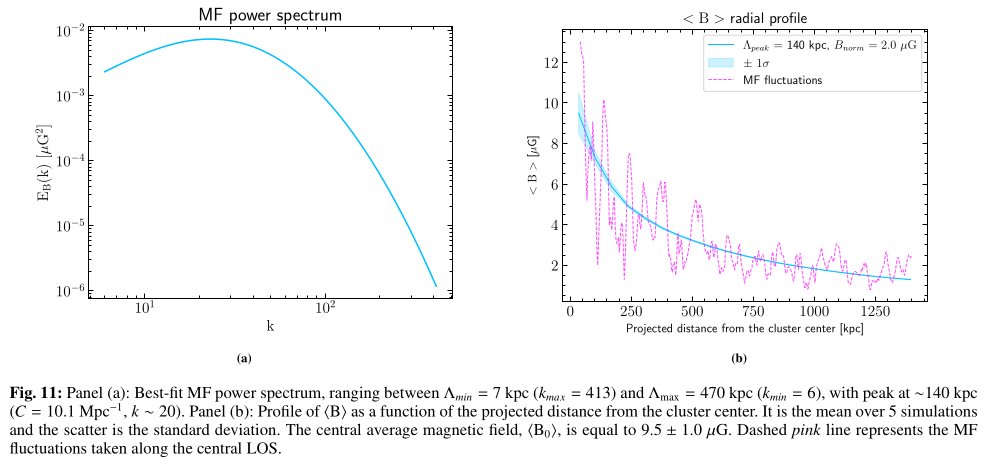
Andrea Botteon
@and_botteon
Astrophysicist at @IRA_INAF. Mainly dealing with colliding galaxy clusters, merger shocks and their radio outcome (@LOFAR). Also at andreabotteon.bsky.social
ID: 948995274961309697
04-01-2018 19:11:19
2,2K Tweet
920 Followers
487 Following

The cascade of kinetic and magnetic energy from large to small scales in galactic-style turbulence behaves significantly different to the theoretical models that we usually assume work. nature.com/articles/s4155… Published in Nature Astronomy.



Thin filaments in the tails of A2255, by Emanuele De Rubeis+ (w/ myself++) A2255 is known to be a "mess" (arxiv.org/abs/2006.04808). The new Low Frequency Array-VLBI images add further complexity in the system, this time revealing small-scale structures in its radio galaxies arxiv.org/abs/2505.13595


The central region of A3667 in hard X-rays, by Mohammad Mirakhor+Stephen A Walker A NASA NuSTAR mission observation of the cluster is presented. The spectrum is better described by a 2T thermal model. An updated limit of B > 0.2 muG is provided from the lack of IC emission arxiv.org/abs/2505.20453



📢Paper and press releases day! We report the first-ever unambiguous detection of WHIM/missing baryons in a single cosmic filament using ESA XMM-Newton and JAXA(Japan Aerospace Exploration Agency) Suzaku data! It's the first time observations agree with LCDM simulations for the nature of WHIM aanda.org/component/cont…

MeerKAT observations of CHEX-MATE clusters, by Balboni+ (w/ Fabio Gastaldello, Rossella Cassano, Giacomo Riva, Max Gaspari, Mariachiara Rossetti, myself++) A sample of 21 massive clusters is studied. Diffuse radio emission is detected in all systems (new halos and relics!) arxiv.org/abs/2507.00133





